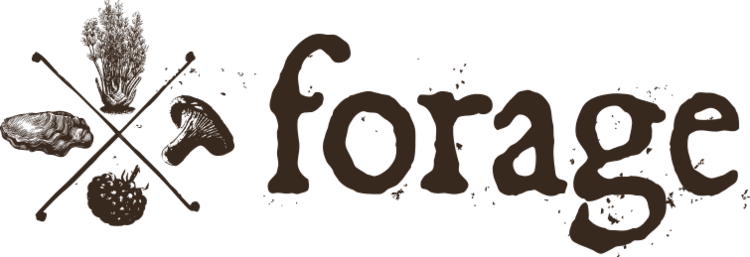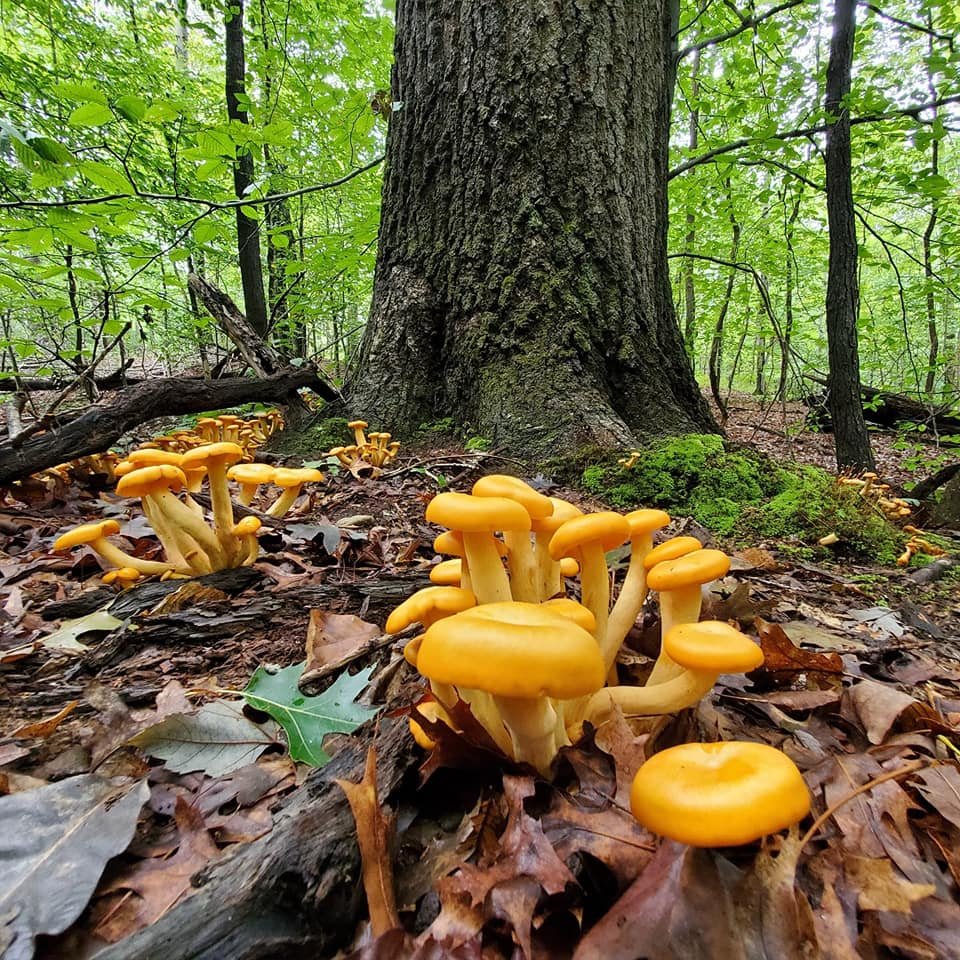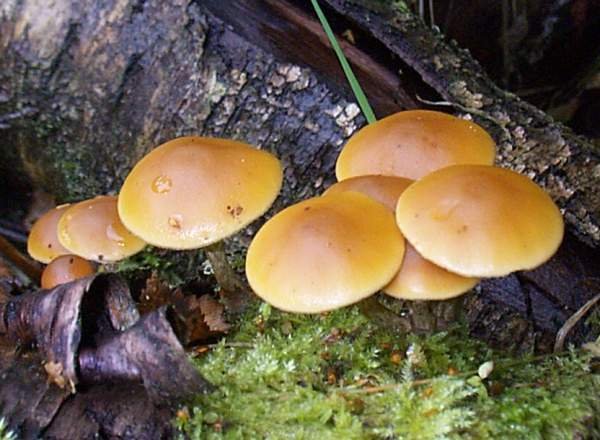Poisonous Mushrooms That Grow on Trees: The Ultimate List
Mushrooms are a fascinating and diverse group of organisms. They come in all shapes and sizes and can be found in many different environments. While most mushrooms are harmless, some can be deadly. In particular, some mushrooms that grow on trees can be especially dangerous because they are often difficult to identify and can be confused with edible varieties. In this article, we will take a closer look at five of the most poisonous mushrooms that grow on trees.
Are Mushrooms that Grow on Trees Poisonous?
This topic begs the question: Are mushrooms that grow on trees poisonous? While many poisonous mushrooms grow on trees and rotting wood, that alone is not what makes them poisonous. In fact, many highly sought-after edible wild mushrooms grow on trees such as oyster mushrooms, chicken of the woods, and shitake mushrooms.
Many species of mushrooms are decomposers of decaying organic matter such as dead trees. Mushrooms that do this are referred to as saprotrophic, which encompasses thousands of different species of fungi. A saprotrophic mushroom is not always poisonous, instead, certain compounds that may be present in a mushroom are what make them poisonous.
There is no way of definitively knowing if a mushroom is poisonous by simply looking at it, smelling it, or tasting it. In addition, the toxic compounds that make certain mushrooms poisonous cannot be eliminated by cooking.
The only way to know if a mushroom is edible is by making a careful and educated identification using identification books, pictures, understanding lookalikes, and with the help of experts.
Below are a handful of poisonous mushrooms on trees to look out for, so you don’t make a potentially deadly mistake.
Jack O'Lantern Mushroom (Omphalotus olearius)
The Jack O'Lantern mushroom is a bright orange mushroom growing on trees in North America and Europe. While it is not as deadly as other mushrooms on this list, it can still cause serious illness if ingested.
Symptoms of Jack O'Lantern poisoning, that is caused by ingesting a toxin it contains, typically appear within a few hours of ingestion and include vomiting, diarrhea, and cramps. In severe cases, the poison can cause liver failure and death.
The Jack O'Lantern mushroom is often mistaken for the edible Chanterelle mushroom, which is similar in appearance. However, the Chanterelle doesn’t have a smooth cap or gills like the Jack O’Lantern mushroom.
Deadly Galerina (Galerina marginata)
The Deadly Galerina mushroom is a small, brown mushroom that grows on trees in the northern hemisphere. It is one of the most toxic mushrooms in the world, containing a potent toxin known as amatoxin. Ingesting even a small amount of this mushroom can cause serious illness and death.
Symptoms of Deadly Galerina poisoning typically appear within 6-12 hours of ingestion and include a variety of gastrointestinal symptoms. As the poison begins to attack the liver, symptoms can worsen until eventually causing death.
The Deadly Galerina mushroom is often mistaken for other small, brown mushrooms that grow on trees. The Deadly Galerina has a distinctive ring on its stem and a smooth cap, which are key features to look out for.
Angel's Wings (Pleurocybella porrigens)
Angel's Wings is a white, fan-shaped poisonous mushroom that grows on trees in temperate forests of the world. While it is not always deadly, it can still cause serious illness if ingested. The toxin in Angel's Wings is a protein that can cause serious illness if ingested. Symptoms of Angel's Wing's poisoning typically include vomiting, diarrhea, and abdominal pain.
Angel's Wings is often mistaken for other white, fan-shaped mushrooms, such as the edible Oyster Mushroom. However, Angel's Wings have a much thinner stem and flesh when compared to the Oyster Mushroom.
Poison Pie (Hebeloma crustuliniforme)
Poison Pie is a small, brown mushroom that grows on trees in North America and Europe. Although they are rarely linked to death, ingesting even a small amount of this mushroom will result in severe gastrointestinal symptoms such as abdominal pain and vomiting within a few hours.
This toxic mushroom is often found in open forests in summer and autumn under both hardwood and coniferous tree species. It may be present in the winter months in warmer climates like California.
Poison Pie has a radish-like smell and thick flesh that is often mistaken for other small, brown mushrooms, such as the edible Honey Mushroom. However, Poison Pie has a distinctive ring on its stem and a smooth cap, while the Honey Mushroom has a scaly cap and no ring on its stem.
Funeral Bell (Galerina autumnalis)
The Funeral Bell mushroom is another small brown mushroom that grows on dead or decaying wood, especially in forests, woodlands, and gardens. The mushroom's cap is wide with a pointed top and slender stem.
With a name like Funeral Bell, it’s obvious this is a mushroom you should avoid eating at all costs. They contain a toxic compound called amatoxins, which can cause severe liver and kidney damage. Poisoning symptoms include vomiting, diarrhea, stomach cramps, and liver failure. In severe cases, it can cause death.
It's worth noting that the Funeral Bell mushroom is often mistaken for other species of small brown mushrooms that grow on the same type of wood. Beginner mushroom foragers should always avoid small brown mushrooms to avoid making an incorrect identification.
Death Cap (Amanita phalloides)
The Death Cap is a deceivingly ordinary-looking mushroom that flourishes in temperate regions across the globe. It's regarded as one of the most lethal mushrooms, laced with a deadly poison named amatoxin that attacks the liver and kidneys. A bite of this deadly fungus can easily spell disaster.
Initial symptoms of Death Cap poisoning echo those of a severe stomach bug, usually kicking in about 6-24 hours after ingestion. As the poison targets the liver and kidneys, the conditions deteriorate, and without prompt treatment, it can be fatal.
With its greenish cap, which may range from pale olive to yellowish, the Death Cap can be easily mistaken for other edible mushrooms, especially the Paddy Straw mushroom, which is common in Asian cuisines. However, telltale signs of a Death Cap include a white gill and spore print and a bulbous base. Novice foragers should beware of its cunning camouflage, proving yet again that looks can indeed be deceiving in the mushroom kingdom.
Final Thoughts
If after reading this article you feel nervous about foraging for mushrooms, that’s perfectly understandable. If you mistake one of these species for an edible mushroom, it can lead to dire consequences.
However, with a bit of know-how, common sense, and precautions, mushroom foraging is an incredibly safe activity that will reward you with a delicious bounty. Keep in mind these poisonous mushrooms that grow on trees when foraging, and always remember to never eat a wild mushroom unless you are 100% sure it is an edible species.







